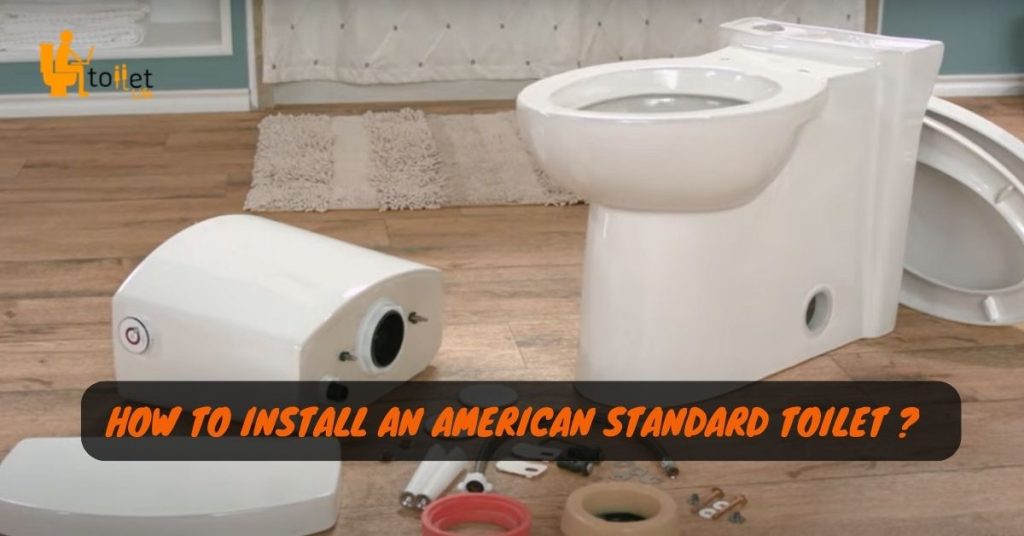The toilet flange is typically positioned on top of the finished floor, whether it is concrete or tile. When installing a new toilet, determining the correct placement and position of the toilet flange is crucial.
When installing or repairing a toilet, one crucial consideration is the proper placement of the toilet flange. The toilet flange serves as a secure connection point between the toilet and the waste pipe.
Ensuring a tight seal and preventing leaks. However, a common question that arises during installation is whether the toilet flange should sit on concrete or tile.
In this informative introduction, we will explore the factors that influence the placement of the toilet flange, providing you with a better understanding of the recommended practices for different scenarios.
Whether you’re embarking on a bathroom renovation project or simply need to replace a damaged flange, having the correct placement of the flange on concrete or tile is crucial to ensure a stable and leak-free connection.
Required Tools, Equipment And Materials
Completing a diy toilet flange installation requires specific tools, equipment, and materials. Before beginning the installation process, it’s essential to understand the toilet flange. The flange can sit on either concrete or tile, but the installation process differs depending on the material.
To get started, the toilet flange must fit securely and have a perfect hole. Once the hole is created, the flange can be fitted and secured in place. With these steps complete, the toilet installation can proceed smoothly. By following the correct procedure and using the proper equipment, the new toilet will function correctly for years.
The Guide: Toilet Flange Sit On Concrete Or Tile
When it comes to installing or replacing a toilet, one important aspect to consider is the proper placement of the toilet flange.
The toilet flange acts as a critical connection point between the toilet and the waste pipe, ensuring a secure and leak-free seal. However, determining whether the toilet flange should sit on concrete or tile can be a common source of confusion.
This comprehensive guide aims to provide you with an in-depth understanding of the factors that influence the placement of the toilet flange on either concrete or tile surfaces.
By exploring the considerations and best practices involved, you will gain the knowledge needed to make informed decisions and achieve a sturdy and reliable installation.
Table of Contents:
1. Understanding the Toilet Flange
a. Definition and Purpose
b. Components and Types of Flanges
2. Toilet Flange Placement Considerations
a. Floor Material b. Subfloor Condition
c. Flange Height and Alignment d. Stability and Support
3. Toilet Flange Placement on Concrete
a. Surface Preparation
b. Securing the Flange to Concrete
c. Sealing and Leveling the Flange
4. Toilet Flange Placement on Tile
a. Tile Thickness and Material
b. Preparing the Tile Surface
c. Flange Attachment Techniques for Tile
5. Alternative Methods and Adapters
a. Offset Flanges b. Extender Rings
c. Spanner Flanges
6. Common Issues and Troubleshooting
a. Uneven Floors and Subfloor Adjustments
b. Repairing or Replacing Damaged Flanges
c. Dealing with Height Discrepancies
7. Professional Assistance and DIY Considerations
a. Consulting a Plumber
b. DIY Tips for Successful Flange Placement
Also Read: Do You Really Need to Glue Your Toilet Flange?
Concrete Or Tile Foundation: Which Is The Better Option?
When it comes to installing a toilet flange, selecting the right type is crucial. Choosing between a concrete or tile foundation requires understanding the pros and cons of each. Concrete foundations provide durability and longevity, but may be more expensive.
Tile foundations are affordable and easy to install, but may crack over time. When selecting a flange, it’s important to compare different materials and choose the one that suits your needs.
By considering different factors, you can determine whether a concrete or tile foundation is the better option for you. With the right information, you can make an informed decision and enjoy a properly installed toilet flange for years to come.
Frequently Asked Questions Of Does Toilet Flange Sit On Concrete Or Tile?
What Is A Toilet Flange?
A toilet flange is a circular piece of plastic or metal that attaches the toilet to the floor and drains waste into the plumbing system.
Can A Toilet Flange Be Installed On Concrete?
Yes, a toilet flange can be installed on concrete by using special concrete screws, but it may require professional installation.
Can A Toilet Flange Be Installed On Tile?
Yes, a toilet flange can be installed on tile, but it may require drilling holes into the tile and using special tile screws.
Should The Toilet Flange Be Flush With The Floor?
Yes, the toilet flange should be flush with the finished floor surface so that the toilet can be properly secured and sealed.
How Do I Know If My Toilet Flange Is Damaged?
You may notice a foul odor or water pooling around the base of the toilet, or the toilet may wobble or shift when in use, which can indicate a damaged flange.
Conclusion
As we have explored throughout this post, toilet flanges can be installed on both concrete and tile surfaces. While each installation method has its benefits and drawbacks, following the proper procedures and guidelines can ensure a secure and long-lasting flange installation.
It is important to choose the appropriate flange for your specific needs, and to ensure that the flange is properly seated and secured. Additionally, regular maintenance and inspection can help prevent flange damage or failure over time. By considering all these factors, you can successfully install a toilet flange on either concrete or tile surfaces and enjoy a properly functioning plumbing system for years to come.


